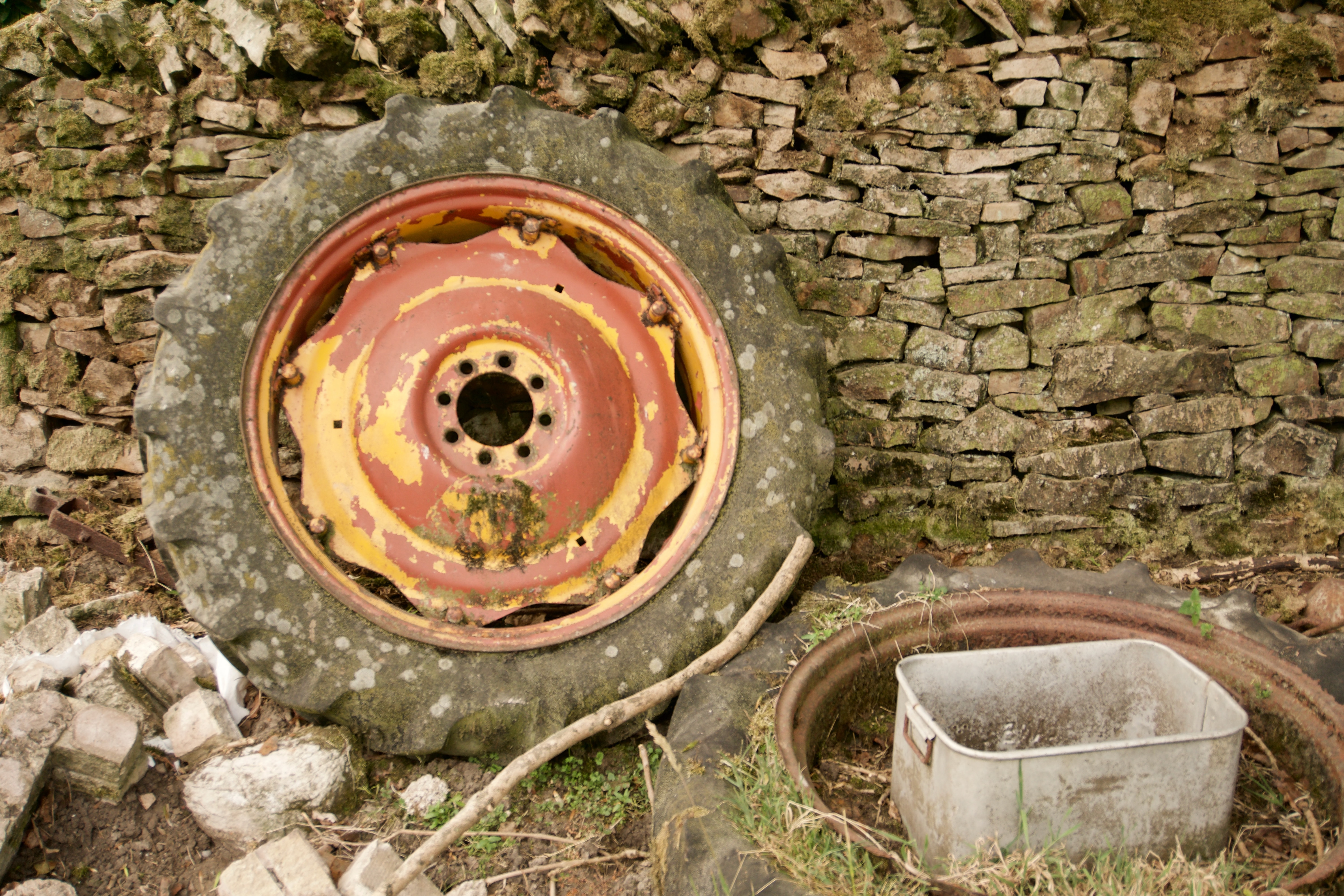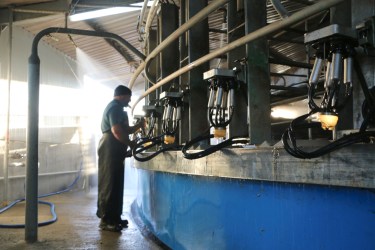By Neil Adams
New year, new goal? If you set any objectives in 2022, make sure that you’re evaluating the likely repercussions rising costs will have on your business. We estimate that costs will rise 2.2ppl in the year to March 2022 and another 3.2ppl to March 2023, which is an average increase of 5.4ppl.
Remember that this calculation is the average likely increase, and there will be variations between systems.
Let’s look at an intensive system. With cows housed all year round and milked three times a day, these businesses will be more at risk of energy price increases. They’ll also be more likely to have higher feed rates, so will be more exposed to feed commodity prices than a more extensive operation.
The more intensive farms will have higher outputs but usually at a lower margin per litre, making them more vulnerable to price increases.
Despite these differences, there are still ways in which every dairy farm can mitigate the effect of rising costs. We’ve outlined five practical steps to consider adopting:
Don’t just stop purchasing
It’ll be important to challenge all parts of the system, but the answer is not just to stop purchasing. I’ve heard of farmers planning not to apply fertiliser at current high prices, but the consequences could be calamitous with forage shortages and higher feed costs.
Challenge multi-cut silage
With higher fertiliser prices and contractor changes, will it still pay to make several smaller cuts? The feed quality may be better than the traditional three larger cuts, but will it be economic?
Grow more maize
Maize has a lower nitrogen requirement, can make good use of slurry and, of course, is only cut once. Perhaps work with a neighbouring arable farmer to increase quantities?
Look closely at machinery and electricity
By doing so, you could highlight where economies could be made. For example, it’s not uncommon to see larger tractors used than is necessary for a particular task.
Consider carrying more cows, more carefully
When costs rise, it is the default option to carry more cows and push yields to spread costs. This requires careful budgeting and risk evaluation. If performance doesn’t increase as hoped, the net effect will be greater exposure to cost inflation.
There is no doubt that we are facing a perfect storm of increasing prices, but it will be possible for your business to take practical actions in order to mitigate the impact. By so doing, you can weather the storm and will be in a better place to capitalise when prices come back down again.








